[Netease Smart News, August 14th] Automated driver assistance systems designed to increase safety may be having unexpected consequences: Drivers' driving technology has deteriorated!
If your car can automatically brake in an emergency and can see your blind spots, won't your driving skills get worse? More and more car manufacturers are beginning to worry about this.
Vehicles that can keep cars in the driveway, maintain a safe distance from other vehicles, warn invisible vehicles, and slam on brakes to avoid rear-end accidents and other autopilot assistive technologies are rapidly spreading from luxury cars to Volkswagen models such as Honda, Nissan, and Chevrolet. . However, these automated aids aimed at improving safety have had an unexpected consequence: They are degrading the driver's driving skills.
In response, Adrian Lund, president of the US Highway Safety Insurance Association, said: “People have a lot of concerns about the degradation of some people’s driving technology. We are now investigating this. It is clear that we make every driving Being easier means that people will spend less time thinking about driving.†But is this really good for human drivers?
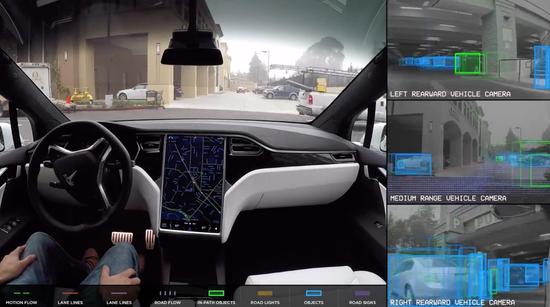
For automakers trying to solve the constantly "deteriorating" driving technology, the risks are enormous. In the past two years, the number of deaths from road accidents in the United States has risen by 14%. In 2016, more than 40,000 people died in traffic accidents. Although partly due to speeding and congestion, driving a driver to drive a car is one of the key factors. According to data released by the federal government, the number of people using mobile phones while driving, including texting or surfing the Internet, is on the rise.
As the basis of the future driverless car, the semi-autonomous driving function was originally designed to make up for the "unfocused" of human drivers. However, recent studies have found that this may lead drivers to be so trusting in autopilot technology that they are degrading their own driving skills.
Mark Wakefield, general manager and head of automotive business at consulting firm AlixPartners, said the auto industry is horrified by the "side effects" of its popular autopilot system. At present, the company is trying to find ways to focus the driver's attention when driving, rather than relying entirely on autonomous driving technology.
According to reports, later this year, General Motors will install eye-tracking technology on Cadillac models, allowing the driver to disengage the steering wheel in some cases, but still need to pay attention to the road conditions. Nissan's ProPilot assistant can keep the car in the middle of the lane, but if the driver does not hold the steering wheel for more than 30 seconds, it will stop immediately. Tesla last year imposed restrictions on drivers’ hands leaving the steering wheel while using the company’s autopilot system.

“You can take double insurance in your design, more emphasis on safety than convenience, and better protect driver safety. This is necessary. But at present, not all industries will do this,†said Wakefield. . "People must consider how to better improve the safety performance of the car, or else only the automatic driving technology, but not enough safety may lead to the car can not sell."
It is reported that Toyota Motor researchers acknowledge that new technologies are changing the way people drive and have begun research with major universities to understand how driving habits may evolve. "What will be the new risk driving behavior?" said Chuck Gulash, director of the Toyota Joint Safety Research Center. “Is people testing the limits of their cars? Or show off to their neighbors?â€
Car consumers are also aware of the risk of giving up control, even if they do not always follow the advice. In a survey of 847 respondents, 57% of respondents said that autopilot assistive technology will eventually weaken driver skills. The survey was conducted on a survey of Kelly Blue Book's car shopping site, conducted in July this year under the organization of Bloomberg.
"Undoubtedly, technology makes drivers more lazy and less focused," said Mike Harley, editor-in-chief of the Kelly Blue Book. "Today, most electronic "driving assistant" functions can cover basic driving techniques, which will reduce the driver's sense of responsibility.
In addition, a University of Michigan study also showed that the fact may have been the case. The school recently conducted a study of a car manufacturer, focusing on how people use the blind spot detection system, which alerts the driver when another car is in an imperceptible area. The study found that when a driver changes his lane, he does not look back and see if there is a significant increase in the number of arriving cars.
“The more they contact these systems, the more trust they have in these systems,†said Shan Shan, research director and associate researcher at the University of Transportation Studies. "In an emergency, they will trust the system more than they do."
The survey shows that the reason consumers like the semi-autonomous driving system is that this can reduce the stress caused by stop-and-go traffic and ease the tedium of long-distance travel. However, the convenience brought by these new assistive technologies has led to the abuse of drivers who believe that these technologies have full control capabilities and that there is almost no need for manual operations. It is reported that the recent drivers who were not afraid of death tried to cheat the system and convince the system that their hands were on the steering wheel, and the videos they leaped up and down in the back seat went crazy on YouTube, which raised even more concern.
"At a very basic level, consumers do not know how these systems work because they have different names and different functions," said Greg Brannon, head of automotive engineering and industry relations at the American Automobile Association. Although the American Automobile Association is urging automakers and regulators to set standards and parameters for semi-autonomous driving functions, it is clearly in conflict with the interests of automakers who are eager to develop and promote unique systems and seek to compete with competitors.
"Some manufacturers are crossing the borders of security to make their cars look more advanced." Wakefield said. "Their system allows the driver to use the steering wheel for a long time before the cue and cue lights remind them to put their hands on the steering wheel."
"It's unrealistic for the driver to take control of the overall situation for 15 seconds from the steering wheel. If they let go for 15 seconds, they would start doing other things."
It is sometimes difficult for drivers to understand what the driver assistance system can and cannot do because the car manufacturer can be ambiguous. Brannon of the American Automobile Association said that those seldom-read car manuals usually take a more cautious approach to explaining driver assistance systems because corporate lawyers dilute the wording to avoid having car manufacturers take legal responsibility.
Lund said that another risk is that drivers have become accustomed to driving assistance systems, so that when they drive older models or rented cars that do not have these technologies, they forget that they do not have driving assistance technology.
Even if a driver is driving a strange car with an assist system, the performance of the assist system is different because of different brands. For example, some adaptive cruise control systems can control the car to stop completely at low speeds, but not at high speeds.
“So a driver who works in the city may be accustomed to using the system, but he does not realize that the system will not stop the vehicle at speeds above 50 miles per hour,†he said. "The results may be very bad." (From: The Cannamental and the Quasi-Private Teacher's Tears??/P>
Pay attention to NetEase smart public number (smartman163), get the latest report of artificial intelligence industry.
Gun Drills
GUN DRILLS with its ability to Machine very straight deep holes and hold excellent ï¬nishes, was originally developed for gun barrel manufacturing. Today, this drill is designed for deep hole drilling in virtually any material.
The gundrill requires high-pressure coolant through the tool, keeping the cutting edges lubricated and providing adequate chip evacuation down the flute channel. OPT gun drills product line diameter range is .039" [1.00mm] through 1.500" [38.10mm] as a solid carbide head.
Larger diameter tools are available using a brazed inserted blade design. All gundrills can be made to any speciï¬c length. Lengths over 72" [1828 mm] will have an additional weld joint in the body of the tool.
The gundrill is designed to drill holes from solid material, and can produce bottom hole conï¬gurations, and minimize burr at intersections. The gundrill can achieve precision holes in one pass thus eliminating the need for secondary passes, and is a tool for consistent hole-to-hole reproduction.
Flexible in order quantity:
Samples can be provided before mass production, and MOQ can be discussed accordingly.
PRODUCT DETAIL:
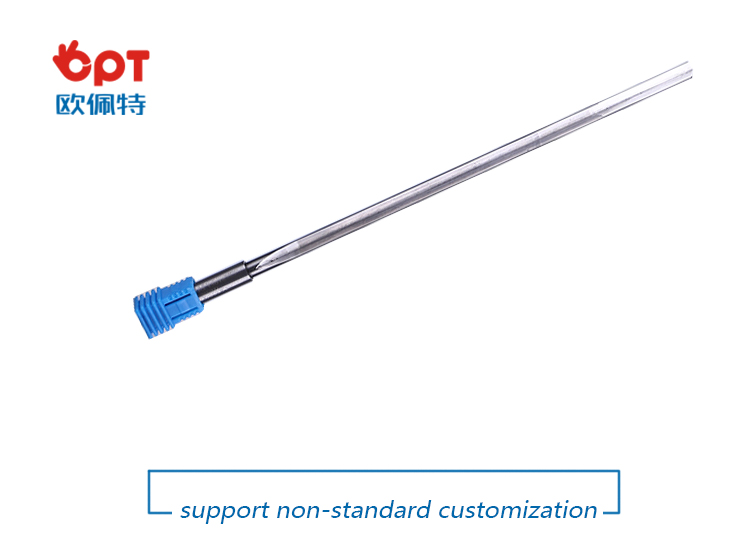
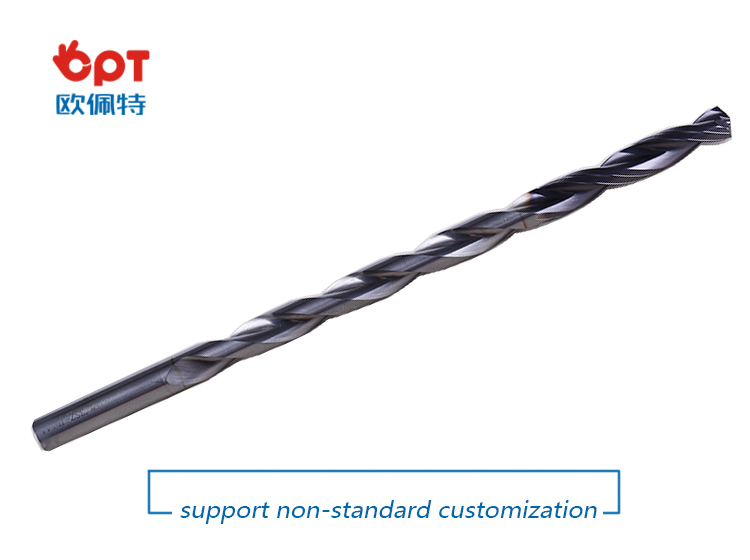
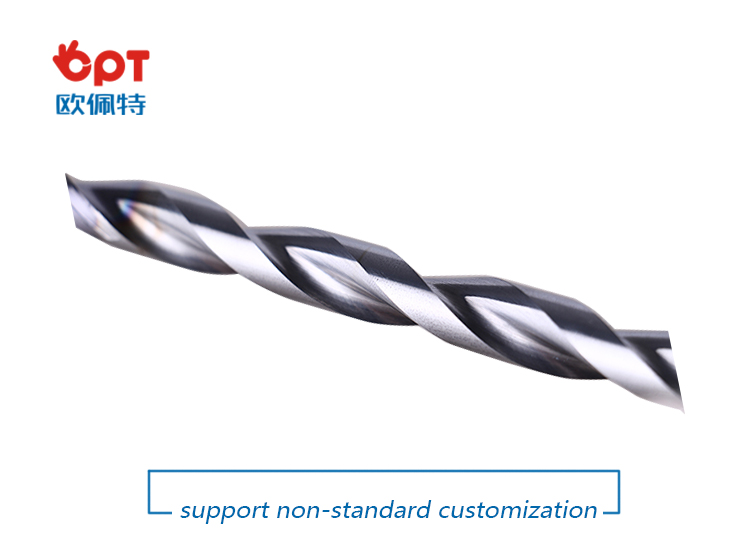
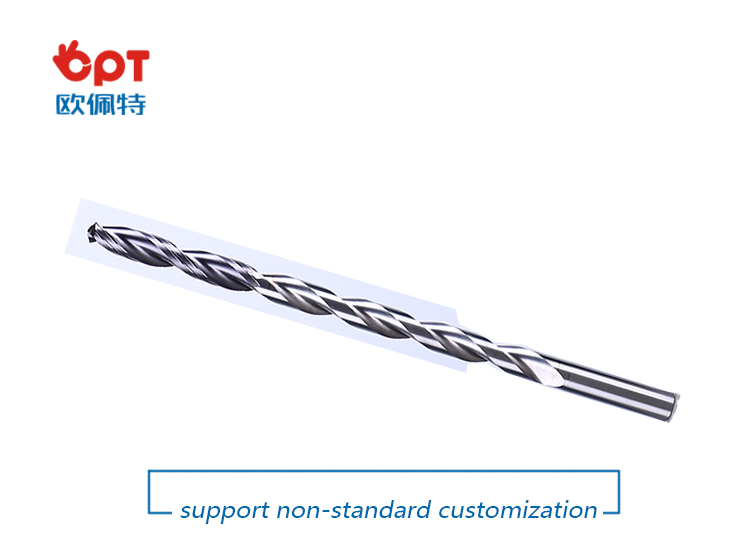
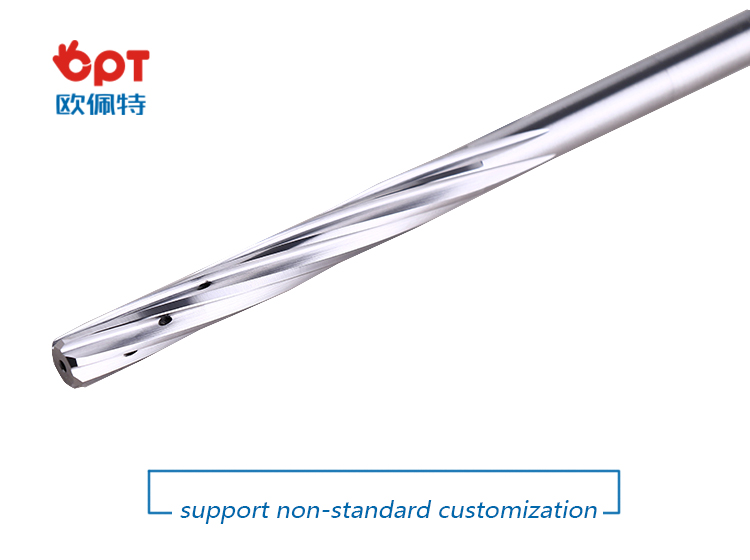
PRODUCTING PROGRESS:

PAYMENT AND DELIVERY:

PRODUCT EQUIPMENT :
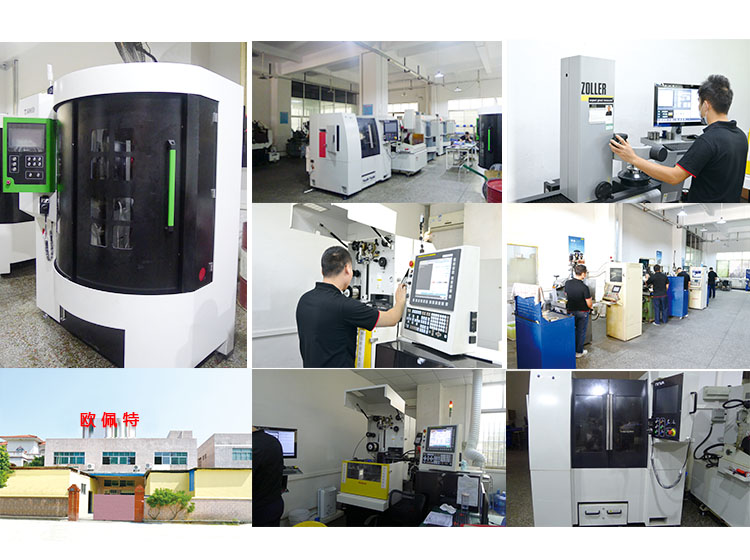
ABOUT US :
We are specialize in manufacturing PCD diamond tools and Carbide tools. Our major product inclulde PCD Inserts, PCD Reamers , PCD End Mills, PCD Taps, Cabide Inserts,Carbide Drills, Carbide Reams, Taps etc.,
We also offered customized cutting tools per drawings, and provide package according to customer requirements. We manufacture a series range of cutting tools for machining of Cast iron, Aluminium alloy and Non-Ferros metal, it is widely used in all major sectors like Automobiles, Engineering, Aerospace, Aviation and 3C industry. Premium quality of raw material is used in the production and strict examination during processing with advanced equipment, so our client are satisfied with our reliable quality and on-time delivery.
Our best selling of cutting tools include PCD Inserts, PCD End Mill, PCD Ball Nose Mill, PCD Reamer, Carbide Taps, Carbide End Mill, Special Form Cutter and many more. For these years we have been made a large forward in the technologies of manufacturing cutting tools. With high quality on performance and price, our product sells well both on domestic and overseas market. And we will always focus on the quality and best service, to make long business relationship.
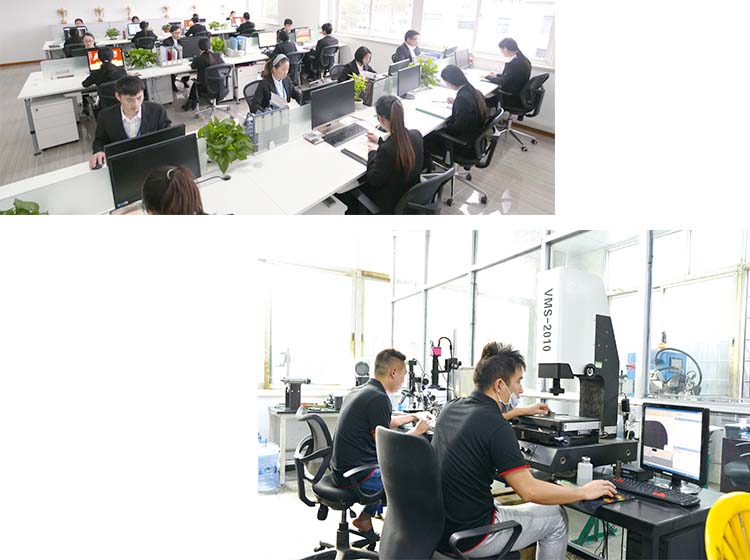
quanlity control:
We have dedicated team of quality control and precise equipment to keep good and stable performance for our products and processing services.

Gun Drill,Gun Drill Bits,Drill Gun Set,Carbide Gun Drill
OPT Cutting Tools Co., Ltd. , https://www.optdiamondtoolss.com